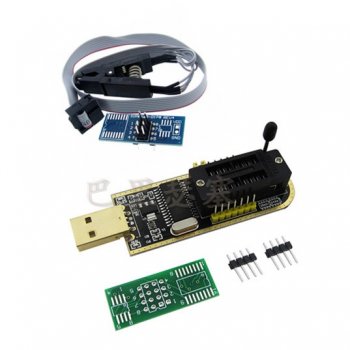Mmmmm so even for the supported hardware, its the same thing about downloading big images for update? Wow... So maybe that was my misconception.... that even supported machines have to do it!You missed my first point: This particular OTA update had the same size of the complete installer package. We are going round in circles.
There is a single patcher offering OTA upgrades right now - revisit the first post.
Well, since my project went off right now, maybe I will try it tomorrow.
Thanks to everyone... All this months reading this threat has been so curious!


